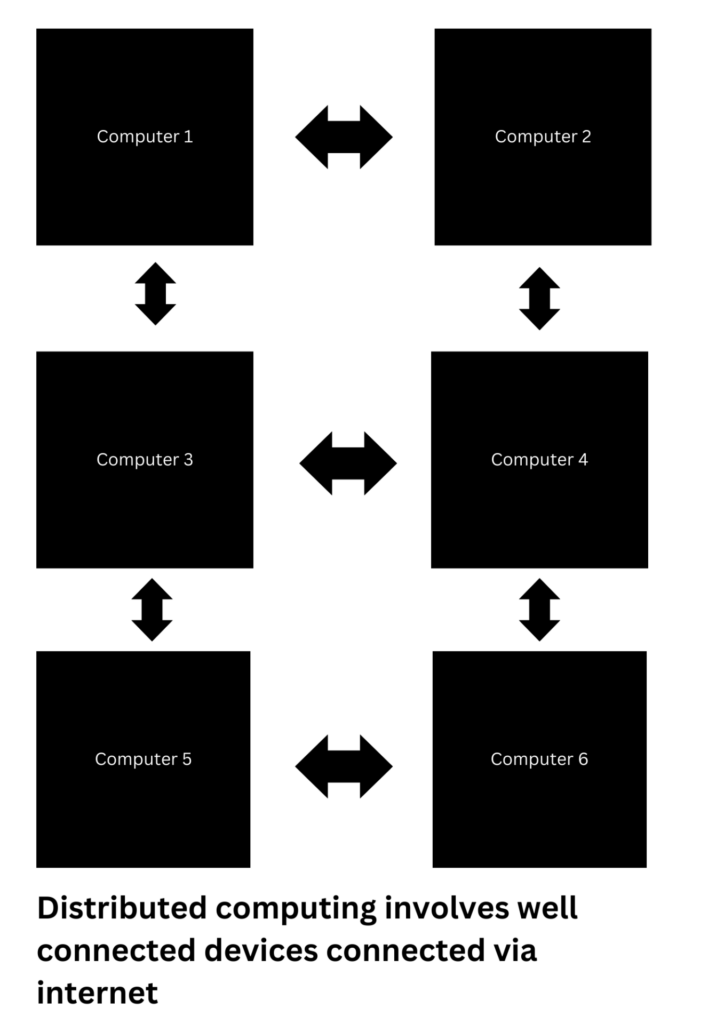A distributed system is a big network of computing systems that are connected via the World Wide Web.
The distributed network consists of servers and systems that are connected through a networking mechanism, it can be a World Wide Web, and it can be Radio frequency-based private networking systems. The distributed system can be homogeneous or heterogeneous.
The computers and servers will be communicating with each other through private internet channels and public internet channels to carry out data and information transfer.
Distributed networks provide scalability, portability, consistency, fault tolerance, and efficiency over huge geographical coverage, The systems can be tightly coupled or loosely coupled based on the system requirements and specifications.
The end users can carry out data and information transfer across geographical distances with the help of different types of distributed systems. Distributed systems ensure higher reliability and higher scalability.
Distributed systems can be based on multiple architectural types like Microservice / Event-driven/monolith and a few other popular architectural types.
A distributed system is a collection of machines and components distributed geographically to operate as a centralized unit : MAN network/ WAN network / Telecommunication/ Distributed Real-time networks / Distributed databases / Internet / Satellite communication / parallel processing computing units / CDNs / Global Cache Distributed networks ensure higher availability, higher scalability, higher fault tolerance, horizontal scalability, and low latency.
Problems that can arise in Distributed systems: Consistency issues/latency issues/network failure/ data integrity issues.
Diagram

The article above is rendered by integrating outputs of 1 HUMAN AGENT & 3 AI AGENTS, an amalgamation of HGI and AI to serve technology education globally.